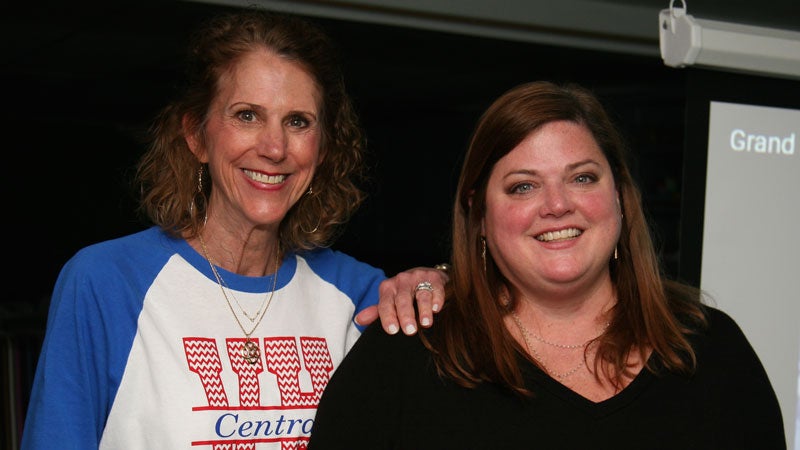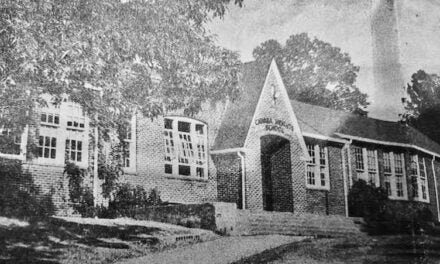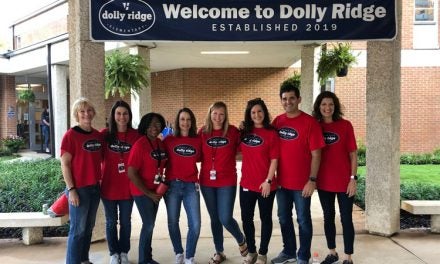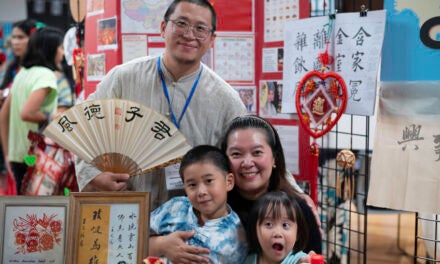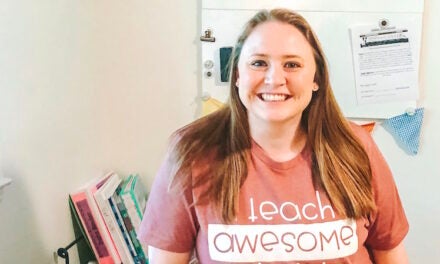One by one fourth graders walk in to the room. Their faces flash with quizzical looks over at the massive four screens on the walls. Before long, they find themselves in the Grand Canyon, and with it comes oohs and aahs from the students as they are enveloped in a 360-degree virtual tour of the massive canyon. “That’s in a desert terrain!” one student exclaims.
The real fun starts when the students see an aerial view of Central itself from Google Earth. Four or five students exclaim that they can see their houses. “It’s so fun to see them get so excited,” says Vestavia Hills Elementary Central Principal Marian Humphries of the new virtual reality classroom that opened in January.
Equally exciting to Humphries was a visit to a familiar site in France. “You are sitting in an old concrete classroom, but when it’s all up you feel like you are actually in the Eiffel Tower…It’s almost like in Disney World with some of those rides where you’re actually in it,” says Humphries.
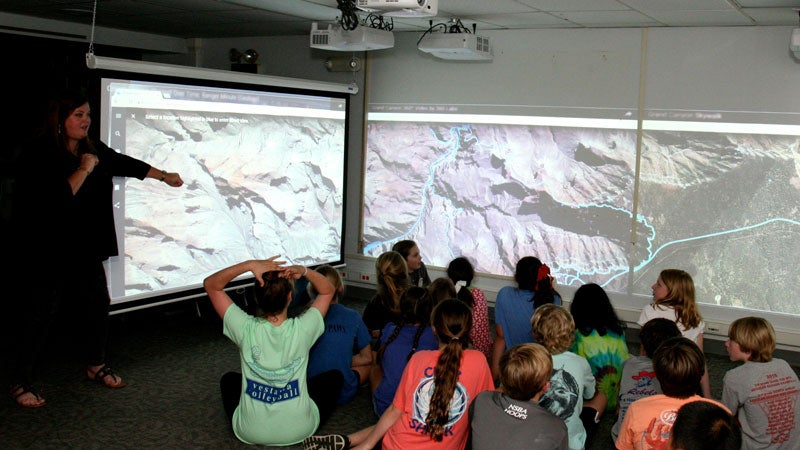 Jacob Stuckey, a fifth grader at Central, believes the room could open “a whole new spectrum of learning.” Fellow fifth grader Wynn Strubel agrees: “I’m excited that you can go to places that you never knew existed, and you can check them out without actually being there.” She isn’t picky about the destination, either. “I just want to explore the world,” she says.
Jacob Stuckey, a fifth grader at Central, believes the room could open “a whole new spectrum of learning.” Fellow fifth grader Wynn Strubel agrees: “I’m excited that you can go to places that you never knew existed, and you can check them out without actually being there.” She isn’t picky about the destination, either. “I just want to explore the world,” she says.
The idea for the classroom began when students were introduced to the Google Expedition glasses as a learning tool. Every class has an option to use them. “The kids love it,” says Kim Jaggard, an instructional technology specialist for Vestavia City Schools. “But we just started thinking, ‘How we can we truly immerse them in [the environment]?’”
To answer that question, Humphries and Jaggard looked to Mountain Brook High School’s virtual reality system used in foreign language classes for ideas. From them and other schools they learned what equipment had and hadn’t worked well, saving many potential expenses. After applying for a grant from the Vestavia Hills City Schools Foundation and receiving financial backing from their PTO, the plans solidified.
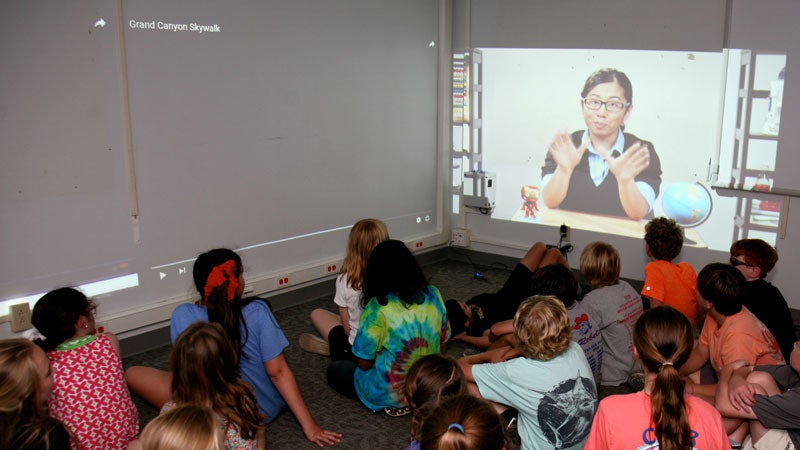 Today’s students are more than familiar with screens of all sorts and especially connect with visual learning experiences. So the goal for the room was to not only keep the students engaged, but also provide them with the opportunity to learn with a hands-on approach. The room can be used for multiple subjects and gives every student the opportunity to experience something new and exciting.
Today’s students are more than familiar with screens of all sorts and especially connect with visual learning experiences. So the goal for the room was to not only keep the students engaged, but also provide them with the opportunity to learn with a hands-on approach. The room can be used for multiple subjects and gives every student the opportunity to experience something new and exciting.
“We get to go to Montgomery, which is great,” says Humphries, “but we don’t get to go to Washington and we don’t get to go to the Rocky Mountains. But now we’ll be able to go within our classroom—to be able to feel like we’ve seen it and been there.
“We talk about stuff and we read about it, and they can see a photo, which is great. But we’re taking it to the next level…it’s just a win/win.”
The virtual reality classroom is just one of the major ways technology has changed education. Students at Central are now learning computer coding and how the internal structure of a computer actually works. The school even has a robotics team where they put tools like their 3-D printer to use. “It doesn’t have the stigma as it may have had back in the day,” Jaggard says. Now it’s cool to do the robots and the computer programming. And it’s fun.”
Select members of the school’s S.W.A.T. (Students Willing to Assist with Technology) team learned about the classroom in advance to get the students excited for what was to come. And excited they were. “I think it would be cool if you could see in outer space,” says Elise Ball, a fourth grader.
“Last year we had the VR goggles, and we got to do a tour of the International Space Station and that was really cool,” says Jacob Stuckey, who is most looking forward to using the room to learn about the ocean.
When asked about the future, Jacob responded that he thinks anything is possible for the future. “We could have things like out of Star Trek.”
Jaggard has to agree with that idea. “The beauty is [technology] does change every day,” she says. “That’s why I love my job. I love change. It freaks some people out. But, I mean, there’s just so much we can do with it.”
And the possibilities for students’ futures are endless. Humphries recalled talking to a waiter recently who is learning about coding and robotics as a UAB student. The whole time, she couldn’t help but think: “‘We’re doing that with those kids now!’ So where are these kids going to be ten years from now? They’re going to be way ahead of where we were.”
And for kids, it’s pretty exciting too. “When parents say, ‘Even when they’re sick, my child wants to go to school,’ it makes it all worth it,” Humphries says.

